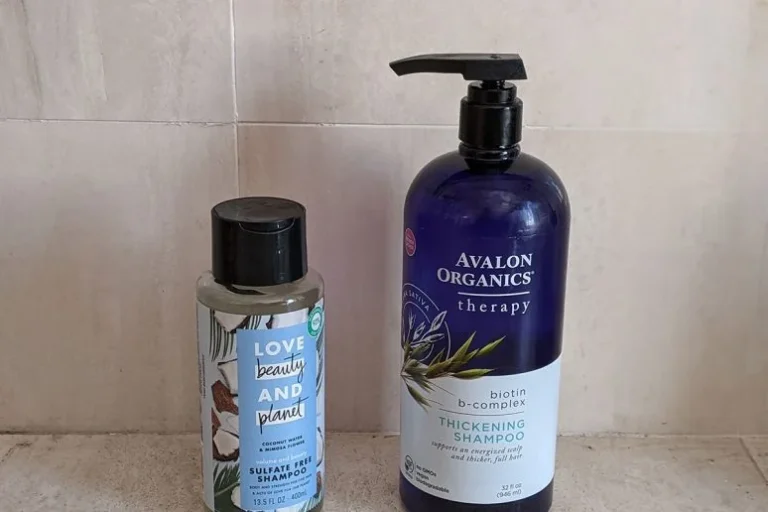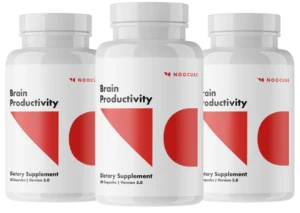Forearm workouts are essential for building strong, defined arms. Many people focus on their biceps and triceps, but the forearms play a crucial role in overall arm strength. Having strong forearms not only makes your arms look great but also helps you in various daily activities, like lifting heavy objects or doing sports. In this article, we’ll explore some simple yet effective forearm workouts that anyone can do, regardless of age or fitness level. Let’s get started!
What Are Forearms?
Your forearms are the part of your arm between your elbow and your wrist. They are made up of muscles that help you move your hands and fingers. Strong forearms help you grip things better and can even improve your performance in other exercises. For example, when you do a pull-up or a deadlift, strong forearms can help you hold on to the bar or weights longer. This is why incorporating forearm workouts into your routine is a smart idea.
Why Focus on Forearm Workouts?
Focusing on forearm workouts offers many benefits. First, they improve your grip strength, which is essential for many sports and activities. Whether you’re playing basketball, rock climbing, or even just carrying groceries, strong forearms help you hold on tight. Additionally, strong forearms contribute to better overall arm aesthetics. If you’re looking to show off those muscles, you’ll want well-defined forearms to complete your look.
Moreover, strong forearms can also help prevent injuries. Many injuries occur due to weak muscles that cannot support the joints properly. By strengthening your forearms, you can help support your wrists and elbows, reducing the risk of injury. Finally, forearm workouts are often simple and can be done anywhere, making them an easy addition to your fitness routine.
Basic Forearm Anatomy
To understand forearm workouts better, it’s helpful to know a bit about the anatomy of the forearm. The forearm consists of two main bones: the radius and the ulna. These bones are connected by muscles and tendons that allow movement. The main muscles in the forearm are the flexors and extensors.
- Flexors: These muscles help you bend your wrist and fingers. They are located on the palm side of your forearm.
- Extensors: These muscles help you straighten your wrist and fingers. They are found on the opposite side, facing upwards.
When you do forearm workouts, you want to target both of these muscle groups to build balanced strength.
Essential Forearm Workouts
1. Wrist Curls
Wrist curls are one of the most popular forearm workouts. They help target the flexor muscles in your forearm. To do a wrist curl, follow these steps:
- Get Comfortable: Sit on a bench or a chair with your feet flat on the ground.
- Choose Weights: Grab a dumbbell in one hand. Start with a light weight, like 5 or 10 pounds, to get used to the movement.
- Position Your Arm: Rest your elbow on your knee, allowing your wrist to hang off. Your palm should be facing up.
- Lift the Weight: Slowly curl the weight towards your body by bending your wrist. Focus on using your forearm muscles.
- Lower the Weight: Slowly lower the weight back to the starting position.
Repeat this exercise for 10-15 repetitions and then switch to the other hand. You can gradually increase the weight as you get stronger.
2. Reverse Wrist Curls
Reverse wrist curls target the extensor muscles. They help balance out your forearm strength. To do reverse wrist curls, follow these steps:
- Start Position: Sit down and hold a dumbbell with your palm facing down.
- Position Your Arm: Just like with wrist curls, rest your elbow on your knee.
- Lift the Weight: Slowly lift the dumbbell by bending your wrist upwards. Keep your palm facing down throughout the movement.
- Lower the Weight: Bring the dumbbell back to the starting position.
Aim for 10-15 repetitions, then switch to the other arm. This workout will help build strength in the muscles that you might not use as much in everyday activities.
3. Farmer’s Walk
The farmer’s walk is a fantastic workout for building grip strength and overall forearm power. Here’s how to do it:
- Grab Some Weights: Take a pair of dumbbells or kettlebells that are heavy enough to challenge you but not so heavy that you can’t hold on.
- Stand Up Tall: Keep your back straight and shoulders back.
- Walk Forward: Start walking forward while holding the weights at your sides. Aim to keep your grip tight and your core engaged.
- Distance and Time: Walk for a distance of about 20-30 feet, or aim to hold the weights for 30-60 seconds.
This exercise not only works your forearms but also engages your entire body. It’s simple, effective, and can be done almost anywhere.
4. Dead Hangs
Dead hangs are great for improving grip strength and stretching your forearms. Here’s how to do them:
- Find a Bar: Use a pull-up bar or any sturdy horizontal surface you can hang from.
- Grip the Bar: Reach up and grab the bar with both hands, making sure your grip is comfortable.
- Hang: Allow your body to hang freely, keeping your arms straight. Try to relax your shoulders.
- Time Your Hang: Start with hanging for 20-30 seconds, and gradually increase your time as you get stronger.
Dead hangs are not only effective for forearm strength but also provide a nice stretch for your back and shoulders.
5. Plate Pinches
Plate pinches are a unique exercise that targets your grip strength and forearm muscles. Here’s how to do them:
- Get Some Weight Plates: Use two weight plates (start with lighter ones) that you can pinch between your fingers.
- Pinch the Plates: Hold one plate in each hand and pinch them together.
- Hold for Time: Stand tall and hold the plates together for as long as you can. Aim for at least 20-30 seconds.
This exercise can be challenging but is highly effective for building grip strength and overall forearm power.
6. Wrist Roller
A wrist roller is a fun and effective tool for forearm workouts. You can make one at home or find one at the gym. Here’s how to use it:
- Get a Wrist Roller: If you don’t have one, you can create your own using a stick, a rope, and a weight.
- Attach the Weight: Tie the rope to the center of the stick and attach a weight to the other end.
- Roll It Up: Hold the stick with both hands, and roll the weight up by twisting your wrists.
- Lower It Down: Once the weight is at the top, slowly lower it back down by reversing the motion.
Repeat this for several sets. The wrist roller is an excellent way to build endurance and strength in your forearms.
Creating a Balanced Forearm Workout Routine
When incorporating forearm workouts into your routine, it’s important to create a balanced approach. Here are some tips to help you do that:
- Mix It Up: Combine different exercises to target both flexor and extensor muscles. This will ensure balanced development and help prevent injuries.
- Set Realistic Goals: Start with a manageable number of sets and repetitions, then gradually increase them as you get stronger.
- Rest and Recover: Allow your muscles to rest between workouts. Just like any other muscle group, your forearms need time to recover to grow stronger.
- Include Forearm Workouts in Your Routine: Aim to incorporate forearm workouts into your routine at least 2-3 times a week for the best results.
Additional Tips for Effective Forearm Workouts
To maximize your forearm workouts, consider these additional tips:
- Warm-Up: Always warm up before starting your workouts. Simple wrist rotations or gentle stretches can prepare your muscles for exercise.
- Focus on Form: Pay attention to your form during each exercise. Proper form helps prevent injuries and ensures you’re targeting the right muscles.
- Stay Hydrated: Drink plenty of water before, during, and after your workouts. Staying hydrated is crucial for muscle performance.
- Track Your Progress: Keep a record of your workouts, including weights used and repetitions. Tracking your progress can motivate you to push harder.
Conclusion
Incorporating forearm workouts into your fitness routine is a smart choice. Not only do they help build strength and improve grip, but they also contribute to overall arm aesthetics and injury prevention. By following the exercises and tips outlined in this article, anyone can develop strong, defined forearms.





